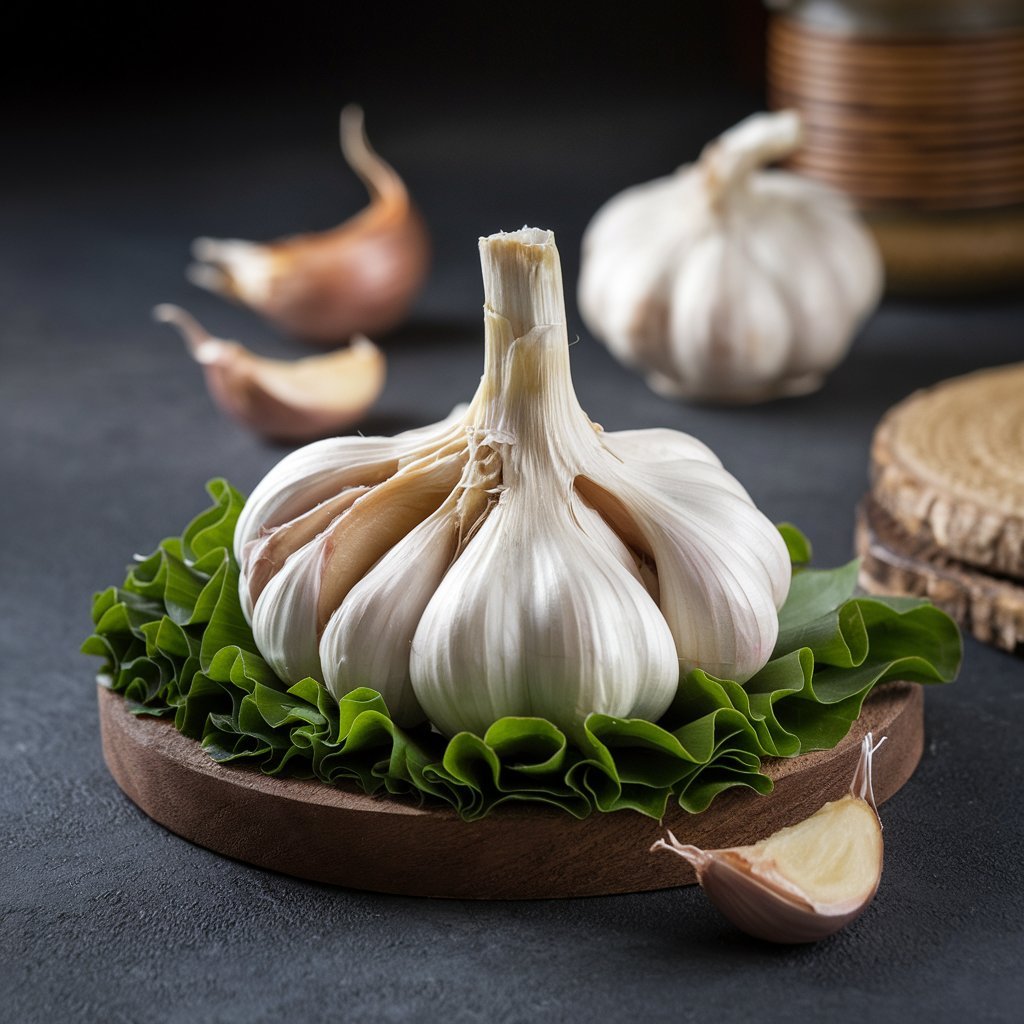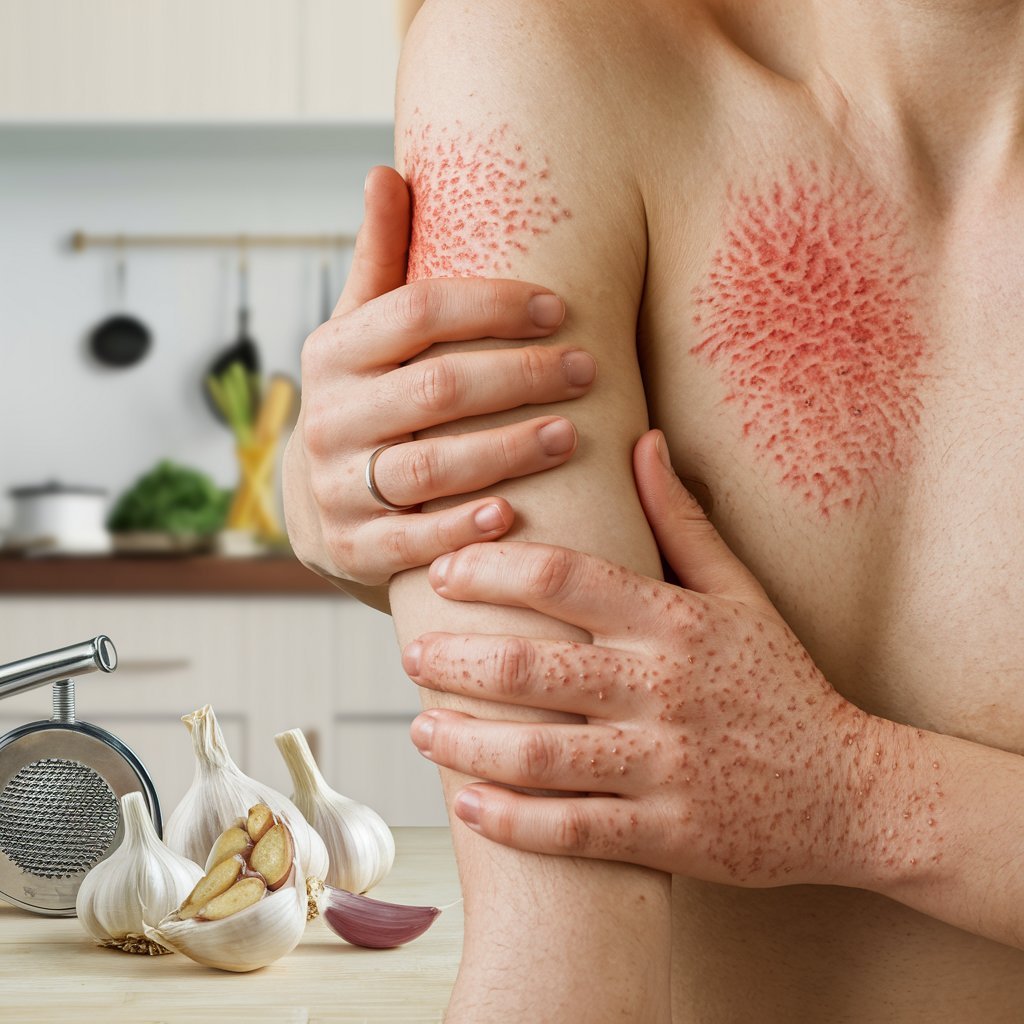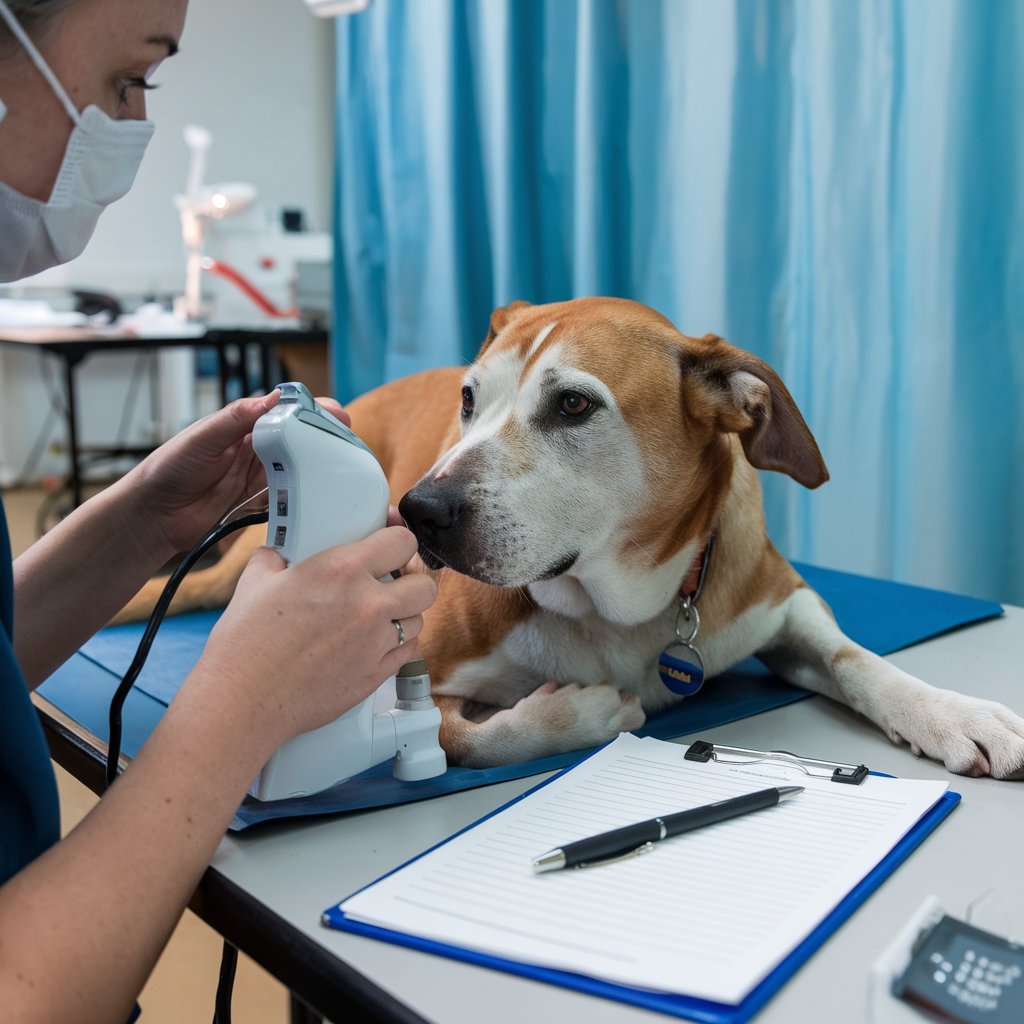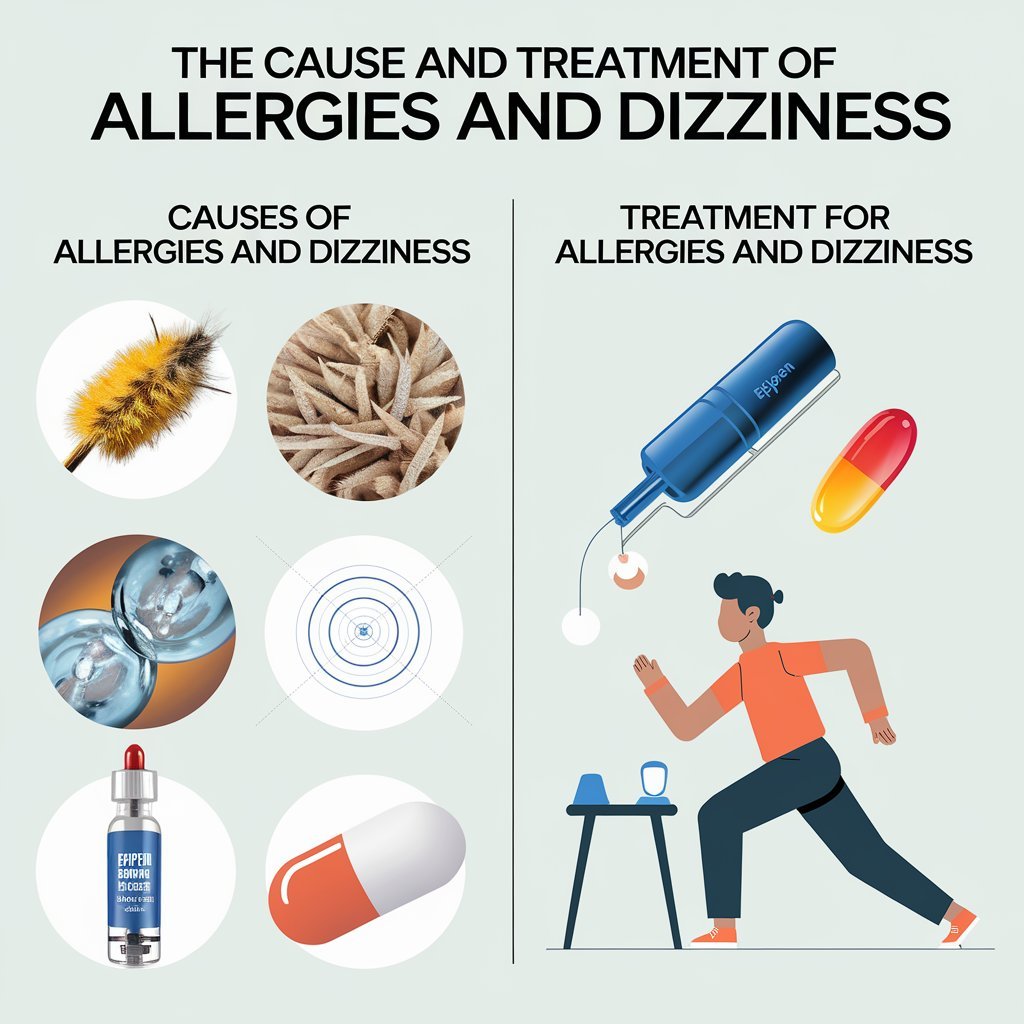Garlic is not one of the “big nine” allergens, but researchers have discovered that 132 of 13,000 individuals suffer from a garlic allergy. Garlic is an Allium member, which includes onions, shallots, leeks, scallions, and chives. Of 132 people allergic to garlic, 34 people with a garlic allergy also experience another Allium allergy, such as a leek or onion allergy.
From taking it, you can feel its allergic effects if you are a garlic allergy victim. However, you may face symptoms if this comes into direct contact with your skin. So, you could be suffering only from garlic intolerance, which makes you have serious problems with digestion of the food. Read ahead to know more.
Garlic Allergy Symptoms
One of the most common reactions to garlic is oral allergy syndrome (OAS) related to mugwort (sage) pollen allergy. Symptoms may vary from person to person and appear at different times after exposure.

Some of the following symptoms may occur in people with OAS and garlic allergy:
- Dysphagia
- Pruritus
- Swelling of face, lip, mouth, throat, or tongue
If you have an allergy to a certain product or food, the immune system will overreact to its presence in your body. The body will then respond by producing antibodies called immunoglobulin E (IgE). These antibodies travel to cells that release chemicals, like histamine, causing an allergic reaction.
Diagnosis
The key is listening to the messages from your body. You would be able to tackle changes in a proactive way like food sensitivity or allergies. For instance, try keeping a food diary and following through on symptoms-causing foods. You might determine particular products to which you have a sensitivity and therefore an allergy. You may want to make an appointment with a healthcare provider and get yourself an allergy test through a skin prick test or a blood test.
Keep in mind that allergies can develop at any time. Most allergies are diagnosed in childhood with the introduction of many new foods. Food sensitivities or allergies can develop later on in adulthood.
Treatment
The primary treatment plan for food allergies is avoidance. You may still be able to have a little garlic if you have a garlic intolerance.

Treatment for a garlic allergy also depends on the severity of reaction. A health care provider will often prescribe an epinephrine injector, for example, the EpiPen, to keep with you as an emergency medication in case of an extremely rare anaphylactic reaction from the garlic.
Other people with garlic allergies who experience mild allergy symptoms, such as hives or runny nose, may only need over-the-counter (OTC) allergy medications. A common option to use is antihistamines.
See a healthcare provider if you have any allergies but your allergy treatments no longer work. You need to get medical care right away for anaphylaxis, or an allergic reaction that’s severe enough to be life-threatening.
- Chest tightness
- Coughing
- Diarrhea, stomach cramps, or vomiting
- Hoarse voice
- Pale or red face and body
- Passing out
- Problems with swallowing or breathing
- Red rash, including itchy hives or welts
- Swollen throat or swollen body areas
- Wheezing
However, discuss your case with a doctor in case you have no idea the level of reaction or more question about its handling. This doctor will be there to confirm receiving all information from him on managing allergies and averting disease conditions.
Management Strategies for Garlic Allergies
Major management for intense garlic allergy should be in an EpiPen or direct doctor care. But management of weaker reactions should cover:

- Avoid garlic
- Notifying food staff of allergy whenever you dine out or order food for delivery
- Reading food labels consistently
A Quick Review
Garlic allergy is not a common food allergy, but it is one of the most common allergies. It presents with many symptoms similar to other allergic reactions. You may develop symptoms from garlic consumption or skin exposure.
Treatment and management for a garlic allergy or intolerance vary based on the level of severity. Seek a doctor if you feel that you might be allergic to garlic, your treatment is not effective anymore, or you begin experiencing anaphylaxis when consuming garlic.




